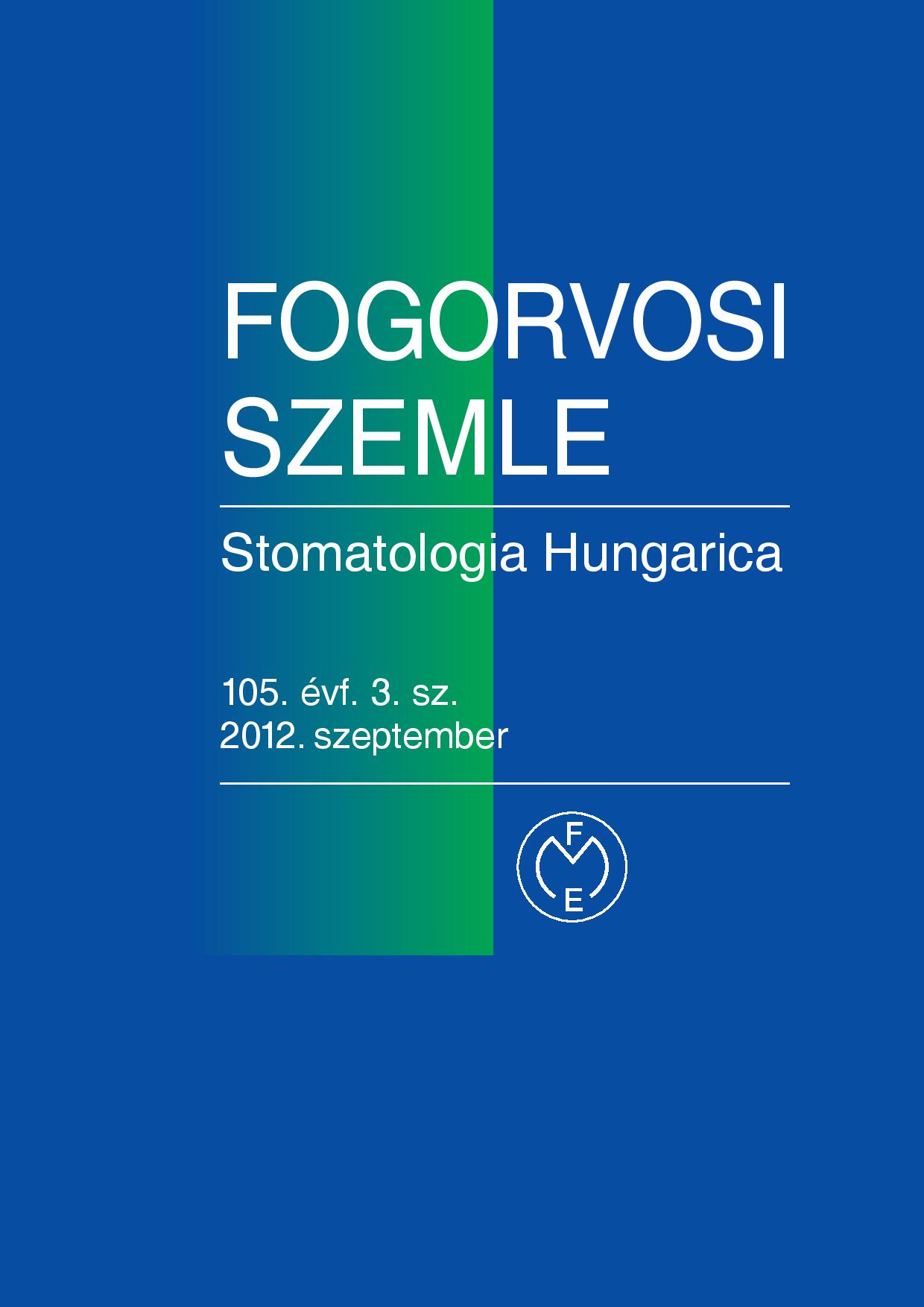Comparison of autologous bone graft remodeling from different donor sites in the jaws using Cone Beam Computed Tomography
Abstract
With the spread of endosteal implants bone grafting has become frequently used procedure in the area of the jaws, primarily for the augmentation of the alveolar process and the sinus maxillaris. Although various assortments of bone replacement materials are available nowadays, autologous bone graft still remains the ‘gold standard’. Autologous bone depending on the required quantity for the procedure can be harvested from intra- or extraoral sources. The properties and quality of bone grafts depend on the structure (cortical or/and spongious), the embryological origin (endochondral or membranous) and the donor site (extra- or intraoral). The pros and cons of different donor sites are being researched and evaluated upon, as only the correct technique of bone harvesting can guarantee the success of the the surgical procedure. In the Department of Oro-Maxillofacial Surgery and Stomatology at Semmelweis University, 12 patients participated in the research study, the bone replacement surgeries were performed with autologous bone because of an extended bony defect. The patients were classified by the donor sites. By the examination of autologous bone grafts remodeling, the lowest density change has been measured in the tibia grafts and the lowest extent change was in the calvaria grafts. Pathological absorption was not seen in any of the cases, which concludes that all of the grafts can be used if correct surgical technique is followed.
Copyright (c) 2021 Authors

This work is licensed under a Creative Commons Attribution 4.0 International License.


.png)




1.png)



